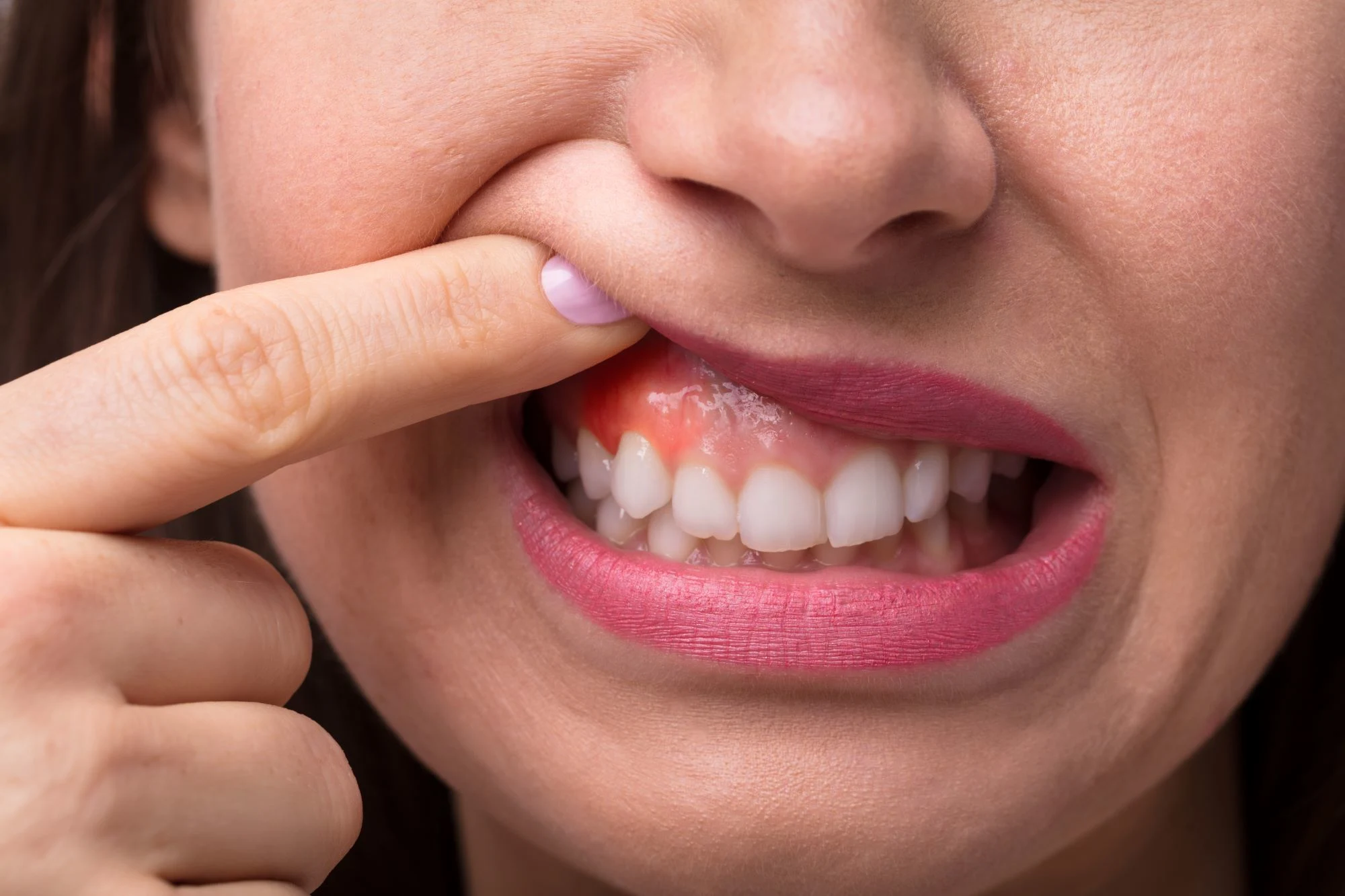
Gum Pain: Causes, Symptoms, and Treatments

This blog has been reviewed and approved by Dr. Monika Negi, a qualified Oral and Maxillofacial Pathologist with 5+ years of experience.
Table of Contents
Key Takeaways
- Gum pain can be caused by a variety of factors, including poor oral hygiene, gum disease, vitamin deficiency, hormonal changes, and abscessed teeth.
- Gum pain is often accompanied by other symptoms, including tenderness, swelling, bright red or dark red gums, bleeding, bad breath, pain when chewing, and/or loose teeth.
- To get rid of gum pain, you’ll need to treat the underlying cause by practicing good oral hygiene (effective brushing, flossing, and using mouthwash) and seeing a dentist. However, you can relieve gum pain temporarily by rinsing with salt water, applying a cold compress, and taking over-the-counter medication.